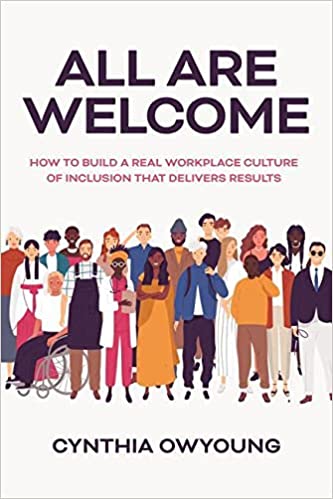
In the wake of George Floyd’s murder in 2020, companies big and small felt compelled to increase their commitment to racial equity in the workplace. For larger companies, this meant making public statements about how they would increase their resources and initiatives dedicated to improving diversity, equity, inclusion, and belonging (DEIB), often totaling millions of dollars.
But what do you do when you’re a much smaller company without a huge budget to hire more people or dedicate more resources to the cause? The good news is that you don’t need a big budget or team to do DEIB work. It’s possible to make progress by leveraging existing resources that are freely available. But you also have to be intentional about driving change and formalizing it in your structures, processes, and practices to create an authentic workplace culture of inclusion that delivers results. Doing this doesn’t require dollars so much as it requires effort across three critical talent processes: hiring, development, and advancement.
Hiring
Hiring people from diverse backgrounds doesn’t always mean big conference sponsorships or organizational partnerships. You just have to be intentional about how you hire. Instead of hiring people you know or reviewing those who apply for the job, you have to reach out beyond your usual networks.
I remember being stopped at a conference I spoke at by a person who said he didn’t know what to do as he was supportive of gender diversity, but only two women had applied to a job he posted out of a hundred applicants. I asked him if he had tried attending a women’s networking event in his field, whether he had posted to LinkedIn that he was hiring and welcomed people from all backgrounds, or if he had asked women in his network whether they could refer people to his role. All these actions cost little to nothing, and anyone can do it. When you’re hiring, not settling for whoever just applies and taking the time to reach out to a diverse pool of candidates is one key way to hire from diverse backgrounds.
Another action that costs nothing is to ensure you’re defining your job requirements in a way that doesn’t exclude people who might be great at the role. For instance, using inclusive language in your job descriptions can make a big difference. Defining requirements like “must be able to lift 25 lbs” or “experience in fast-paced, dynamic environments” can turn off people with disabilities and older workers. Replacing them with “can move 25 lbs with reasonable accommodations” or “thrives in growing, creative environments” can be much more inclusive.
Development
After hiring, when people think about implementing DEIB initiatives, their next thought is training. And unconscious bias and anti-racism training are the hottest topics for diversity training these days, which can quickly run into hundreds of thousands of dollars depending on who you hire as a trainer and how many people you are trying to reach. But facilitated training isn’t the only answer to developing your employees.
There are many free resources on the Internet that you can build a curriculum around, including YouTube videos, TED talks, podcasts, and articles like this. All you need to do is be deliberate about regularly dedicating time to discussing a DEIB topic. I worked with one team that decided to do leadership dialogues once a month, where each manager from the team would rotate through and be responsible for introducing the topic, whether deep diving into Hispanic Heritage Month or talking about allyship, and then facilitate an open conversation. And because the team leader attended each one, everyone felt accountable for showing up and participating.
Many Employee Resource Groups, which are employee-led communities built around a standard dimension of diversity or experience, often hold events that everyone can attend where members share their unique, lived experiences. One of the most memorable ERG events I participated in addressed the recent wave of anti-Asian violence brought on by the pandemic, where different voices from the Asian community shared the impact of the violence on themselves and their families. It was incredibly moving and spurred many to ask, “How could I help?” Asking your staff to attend these activities will help build their DEIB acumen and motivate them to action.
Advancement
Probably the trickiest area to drive DEIB progress is developing people from underrepresented backgrounds into leadership roles within companies. One of the most effective yet low-cost ways to advance underrepresented groups in the workplace is to provide mentoring. According to Frank Dobbin and Alexandra Kalev in their Harvard Business Review article, “Why Diversity Fails,” mentoring programs can make companies’ managerial ranks up to 24 percent more diverse on dimensions of race and gender.
The fantastic thing about mentoring is that it often turns into sponsorship by the mentor. And that is what is needed most by those who don’t fit leadership’s idea of the status quo. Having someone advocate for you behind closed doors can be the difference between accelerating a career or watching its stall. I have personally benefited from mentors who have become sponsors during my career, who believed in what I could bring to the table and made sure others could see it, too, despite not being the extroverted and assertive leadership type that makes up the majority of leadership teams.
Be the Change
Of course, driving progress in DEIB isn’t only limited to talent processes. Companies that look at all aspects of their business, from product development to customer service, with a DEIB lens will be the ones that make the most progress. But starting with your talent processes is a critical component of your ability to make a change, no matter what size company you are in or what size budget you have. The most crucial step to take is the first one because even if you fail, you are still moving forward. And it doesn’t cost a dime to be a catalyst for change.



